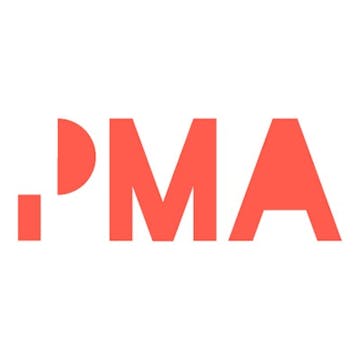Skip to content

Key facts and milestones; vision (where the company wants to be in the long-term); growth strategies and tactics; company structure.Summary of roles and responsibilities of sales reps; objectives; incentives; career path outline.Who to go to for support.
Details of every product or service your salespeople are responsible for selling: benefits; core value offerings for buyers and end users.Consider creating a playbook per product if your offerings are significantly varied and require separate sales processes.
Industry analysis, including related industries or verticals.Competitor research and key differentiators.
Needs and challenges; qualified lead definition (eg, has sufficient budget; has decision-making authority).Discovery methods for lead identification.
For example, ABM or Challenger Sale. Who is involved (the rep, their manager, the prospect, the buying authority); key deliverables.
Day 1: Email in the morningDay 3: Call in the afternoonDay 5: Call in the morning, call with a voicemail in the afternoonDay 7: Second email in the morning, call in the afternoon with a voicemailDay 10: Third email and call in the morning
Which tools they need to use (eg, CRM, project management apps) at specific touchpoints.Key features for managing and tracking leads, and how/when to move opportunities through each stage.Which fields are optional and mandatory.How programs are integrated with others in the business, for example, whether data for marketing campaigns or customer service feeds through to your CRM. What does this mean for them?
SPIF (sales performance incentive formula); for example: salary only, commission only, base plus bonus.Examples of calculations for context.
Including email templates, positioning statements, calling and voicemail scripts, common objections and how to handle them, meeting agendas, presentation decks.
Where to find, and how/when to use, case studies, testimonials, content marketing material like guides, demonstration videos and infographics.Tip: if you have lots of resources, you might want to split this by internal and external-facing resources.
Baseline deliverables: quotas to be hit; metrics that are tracked by sales managers.
Aspirational examples of excellence; examples of poor performance.
Share
Explore

 PMA sales playbook template
PMA sales playbook template
Use this sales playbook template for sales reps to follow a specific process when selling to prospects.
A sales playbook is a record of objectives, product details, and the specific procedure you want reps to follow during the sales process. Maybe there are certain questions you want them to ask, content you want them to share, or particular pieces of information you need them to reference.
To be truly effective, it should be easy for reps to access, clear to understand and fit into their existing workflows. The idea is that they regard it as a useful resource they can reference any time they are interacting with a contact. It can be as broad or specific as you want it to be - you don’t need to include all of the sections in this template if they’re not relevant to your business - but treat it as a ‘living document’ that can be updated or amended to respond to changes in business policies, new product offerings, reps’ feedback, etc.
1. Company overview
2. Product portfolio
3. Market insights
4. Buyer personas or ideal customer profiles
5. Sales methodology
6. Sales cadence
The sequence of actions to take towards a sale, from first connect to close: every contact attempt a salesperson makes with a prospect, including emails, phone calls, voicemails, and social media interactions (ie, multi-touch).
For example:
Also, when to pursue opportunities and when to let go and move on.
7. Tech stack guidelines and best practice
8. Compensation plan and commission structure
9. Messaging
10. Supporting content and resources
11. KPIs
12. Examples of ‘good performance’
Want to print your doc?
This is not the way.
This is not the way.

Try clicking the ⋯ next to your doc name or using a keyboard shortcut (
CtrlP
) instead.